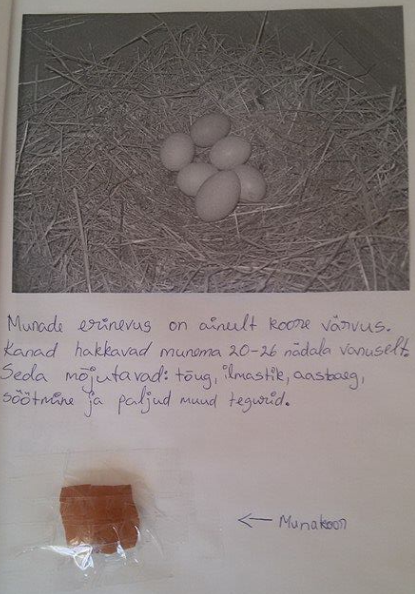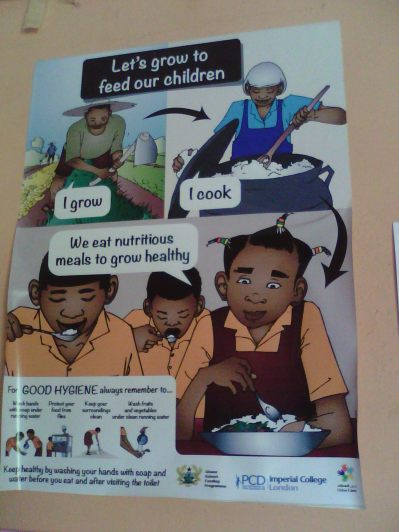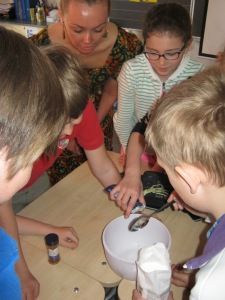Kunda Ühisgümnaasium has a tradition of holding topical project days at the end of every school term. The idea of these days is to give students different outlook on life and teach them using different methodology. What is more, students can compile their own timetables by choosing from different workshops. Even the students groups are formed based on their interest rather than age.
As Christmas was at the door, the Food Day held on the 21st December was related to food and traditions of that time. Students were given the opportunity to compile their own timetable – they decided themselves which workshop to participate.
Elementary school students learned different fruits. They solved puzzles, wrote poems, drew pictures, played the game „The World of Fruits“. Poems and pictures were depicted and demonstrated to all the students interested in the matter.
http://learningapps.org/1924231
http://learningapps.org/1924250
Year 4, year 5 and year 6 students could pick between different activities: cooking, glazing gingerbreads, making hand-made candies, and herb teas. They also learned how to lay the table and table manners. What is more, students visited a local cafe „Saarepiiga“ where traditional Christmas food was served, Christmas traditions were talked about and different games were played.

Even the (wild) animals of the local forest had the opportunity to participate our Food Day. Year 4 students went hiking and took food (carrots, cabbages, potatoes) to wild animals and birds. In order to see how farm animals are taken care of in winter, students visited a local farm. As a reflection students were asked to write reports and draw pictures about their farm or forest experience.

Year 7, year 8 and year 9 students could also pick between different workshops. Students could make themselves a wooden butter knife in a handicraft´s workshop. Both boys and girls could attend that workshop. English workshops concentrated on Christmas food and traditions all over the world. Students listened to Christmas music, read poems, played games and did crosswords. Students also played Jeopardy, where a lot of questions were related to Christmas food and traditions. Christmas smells and plants which are commonly used during Christmas were also spoken about.
jeopardylabs.com/play/julukuldvillak3.
Students played „A Wheel of Woders“/ „Wheel of fortune“, where questions as well as prizes were fruits and vegetables. In a computer class students compiled e-cookery book about Christmas dishes. Unfortunately 45 minutes was not enough to add pictures.
https://www.widbook.com/ebook/read/joulutoidud
Year 7 students had a practical survival workshop. They learned how to survive in the forest. Students had to find food and heat themselves with items from nature. The teacher was supported and helped by the representatives of Estonian Defence League.
Students also played the game „World Kitchen“. The idea of the game is to match traditional food and the country it comes from. Later, students could see the image of the dish on the Internet.
Physically active students could do sports in a local gym and pool. After being physically active for some time they counted the calories they had lost.
At the end of the day we had the traditional Christmas Cafe where students sold self-made products and performed on stage.



























